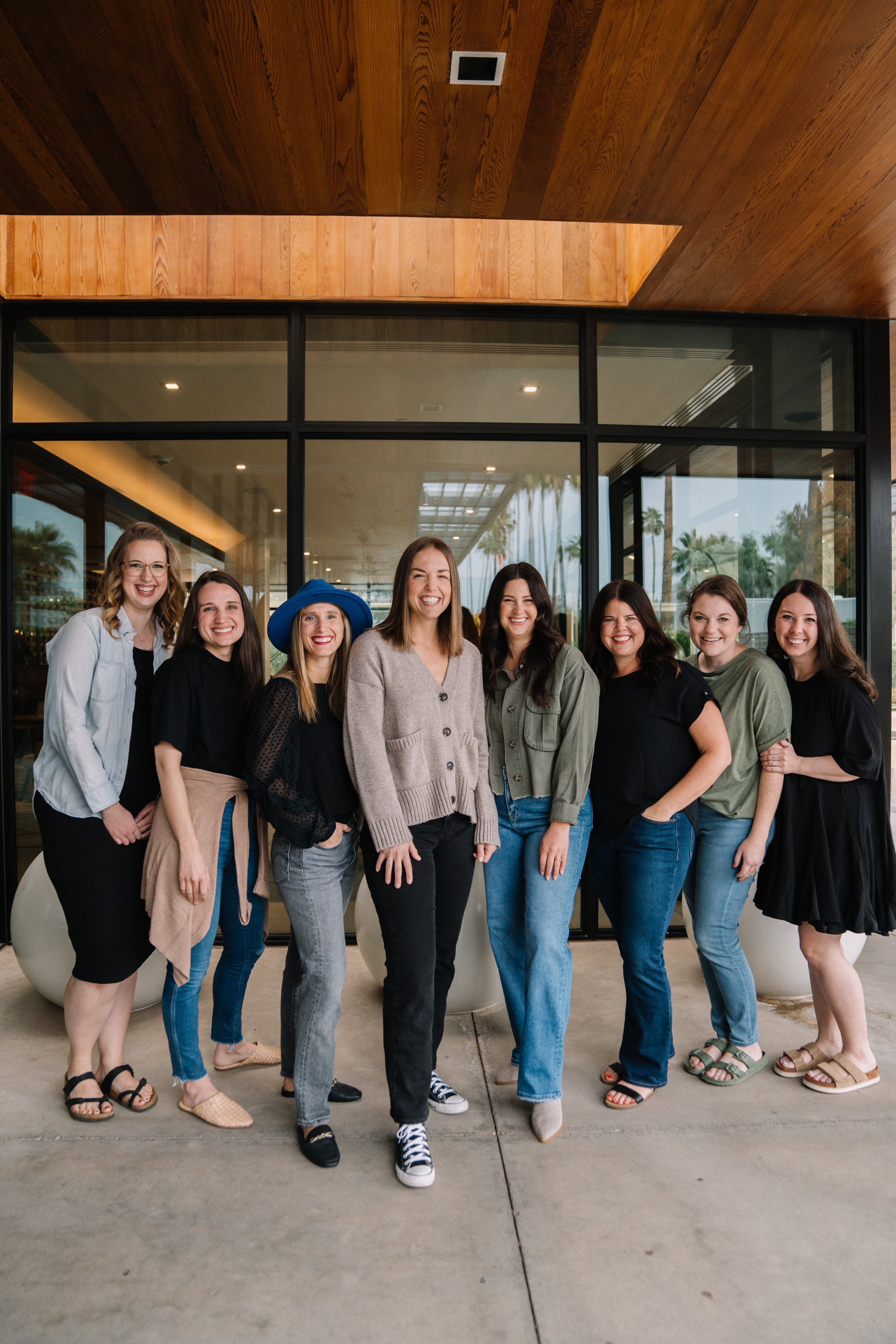Teaching to Love by Setting an Example
As our children grab crayons to scribble in their stick figure people, they reach for a skin tone that matches their own. When they get a little older, they might start to notice different skin tones in the grocery store or the library story hour. They might even ask awkward and embarrassing questions about differences in facial features or hair texture. As they grow, eventually they’ll encounter more than differences, they’ll experience division.
Racial reconciliation is a difficult topic. To this, there are no easy answers or quick fix solutions. This topic has a rocky backstory with pain, division, and injustice woven into the pages. Yet there is hope. Jesus has reconciled us to God and he has given us a ministry of reconciliation. [1] Everyone's idea about what this ministry should look like is different, but as moms, we can resolve to live a life of love for every skin tone, people group, and culture because of Christ.
Many of our kids understand the costliness of reconciliation at a young age, even though it’s a big word. When they fight with a sibling over a favorite toy, they need a parent to help them learn to process the conflict with justice, mercy, and love. But often, this hurts. They might whine as they work through the details because loving their sibling might mean giving up something they wanted for the sake of the relationship. It’s complicated. Though the process is costly, we can show our kids what it looks like to intentionally walk together towards racial reconciliation. We can let them see:
Our View
With tough issues such as these, it’s helpful to remember that God created all humans in his image. We value people because God created them to reflect him. Remembering this helps us reorient our hearts towards love. Speaking well of people of other skin tones and ethnicities can paint a positive picture in the young minds of our children. For instance, Mommy can praise the kindness of the librarian, who is a first-generation American. Or Daddy can bring up how his bilingual coworker’s knowledge of multiple languages is a benefit to the company.
Our Unity
If we place our hope in Christ, our oneness with him and our kingdom family supersedes the other differences we may have. Jesus’ death and resurrection reconciled us to God but also to one another.[2] By his blood, we are made one. Just as God sees Christ’s righteousness when he looks at us and renders us the same, we must imitate our Father. “For he himself is our peace, who has made us both one and has broken down in his flesh the dividing wall of hostility” (Eph. 2:14).
As parents, we can cultivate close friendships with believers of different skin tones. Our time spent, laughs shared, victories celebrated, and sorrows felt together models a love for others that’s not limited to those who look like us. Tangibly embracing the diversity of people through friendships now can foster gratitude towards the time when all God’s people will sing praises to him together in Heaven.[3]
Our Focus
Now, with a proper view of and mindset towards people of other ethnicities, we can begin the process of addressing the causes of division and hostility. Many have been hurt by the words and actions of people who have rejected them simply because of the color of their skin. Rejection can cause some to build walls, to retaliate, and to isolate themselves from those causing the pain. The result can lead to more strife between people meant to enjoy community with one another.[4] However, believers must remember that all people groups are considered equal in Christ’s sight; Christ is all and in all.[5]
The gospel enables us to enter into the hurts of another and show them the love that we have received from Christ. Just as Christ humbly entered into our human condition and loved us by dying for us, we are to do the same. Asking another mom in your church or Bible study who looks different from you to grab lunch afterward is a small step towards living in unity in Christ. In graciously speaking out against racially insensitive comments, we take on the suffering of another. Identifying with the sorrows of another can spur us on to love with a tender heart.
The love of Christ is powerful. Mommas, they learn to love by seeing it lived. Let’s value all people created in the image of God and be involved in each other’s lives, even when it’s hard. Let’s be of one mind in Christ, who unifies diverse people. [6] Let’s learn to apply the healing balm of the love of Christ to wounded relationships shattered by a racial divide. By his love, God brought us all together into a family bonded through Christ. So that when the world sees this familial love between women who look different from one another, we can tell them just how this gospel family came together.
[1] 2 Cor. 5:18
[2] Eph. 2:11-22
[3] Rev. 5:9-10
[4] Galatians 2:11-14
[5] Col. 3:11
[6] Phil. 2:7-8 & Phil. 2:2










